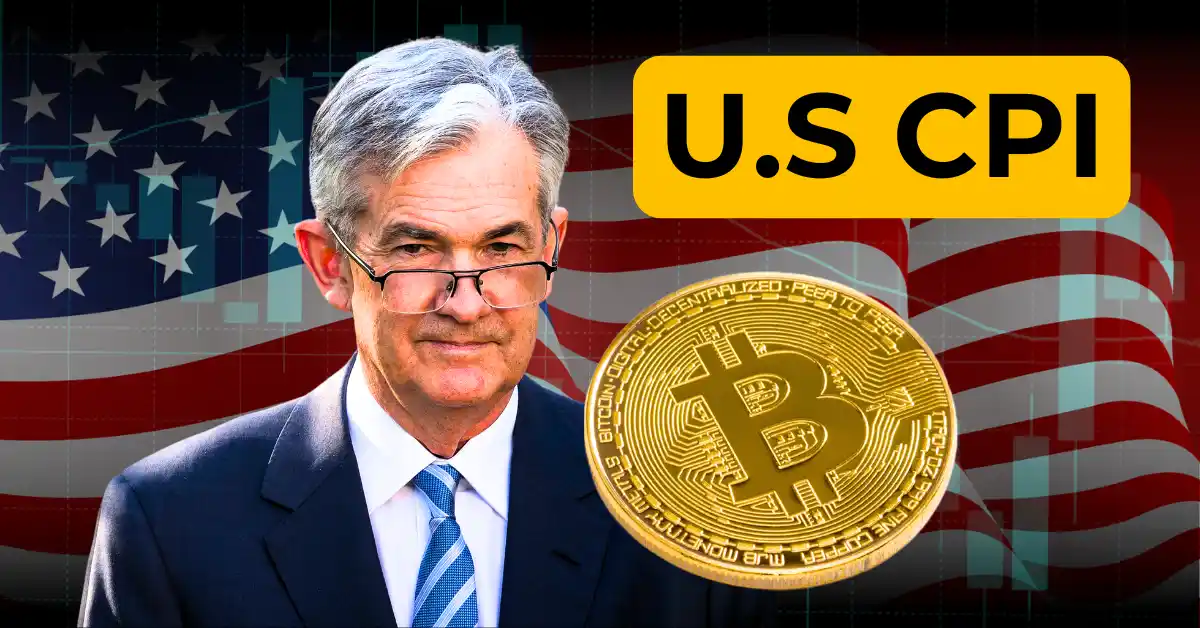
Bitcoin (BTC) is stuck in a tight range between $90,000 and $110,000, unable to break free. Despite multiple attempts to push higher, it keeps getting pulled back. So, what’s holding Bitcoin down?
The answer lies in a mix of economic uncertainty, U.S. inflation concerns, and the Federal Reserve’s next move. Investors are on edge, waiting for clues that could either send Bitcoin soaring or drag it lower. With a key inflation report coming up and speculation around interest rates growing, BTC’s next move could be just around the corner.
Here’s what you need to know.
In the past 24 hours, Bitcoin’s market cap has fallen to $1.9 trillion. Last year, the crypto market took a hit after hawkish comments from the Federal Reserve, but BTC partially recovered in January after Donald Trump’s inauguration and growing attention on his Bitcoin reserve plan.
Right now, investors are uncertain. Many are waiting for clearer crypto regulations before committing to a full-scale rally.
The upcoming U.S. Consumer Price Index (CPI) report will reveal how much prices have risen and could influence Bitcoin’s next move. If inflation comes in lower than expected, investor confidence may rise, pushing Bitcoin slightly higher.
Economists predict a 0.3% increase in CPI from last month, slightly lower than December’s 0.4%. Core inflation, which excludes food and energy prices, is expected to rise by 0.3%, up from 0.2% in December.
While this might sound positive, it may not be enough to trigger a major Bitcoin rally. Investors are watching closely to see if softer inflation will push the Fed to cut interest rates – something that would benefit Bitcoin. However, that’s unlikely to happen soon.
The Federal Reserve plays a crucial role in Bitcoin’s price movement. Even if inflation cools, the Fed is in no rush to cut interest rates. Fed Chair Jerome Powell
According to the CME FedWatch tool, there’s only a 54% chance of even one rate cut this year. Without lower interest rates, Bitcoin struggles to gain strong upward momentum since higher rates make traditional investments more attractive compared to crypto.
Crypto analyst Neil Sethi noted that the probability of a rate cut by June has dropped below 50% to 48%, while the chance of two cuts in 2025 has fallen to 42%. There’s now a 20% chance of no rate cuts at all, up from 50% after the January FOMC meeting.
Inflation expectations are also rising. Data from Mott Capital Management shows that two-year inflation expectations have climbed to 2.8%, the highest since early 2023. This suggests investors expect prices to keep increasing, making it even harder for the Fed to justify rate cuts. Trade tensions and potential new tariffs are adding to inflation fears.
If inflation turns out to be higher than expected, Bitcoin could drop toward the lower end of its range. If inflation is lower, BTC may see a small rally. However, without a clear sign that the Fed will cut rates soon, Bitcoin is likely to stay stuck in its current range for now.
Bitcoin’s next big move hinges on inflation and the Fed – until then, the market remains in wait-and-see mode.
Block Inc. (NYSE: XYZ), an American tech company founded by Jack Dorsey and best known…
After passing the final House vote on Thursday, the GENIUS Act was enacted into law…
21Shares, a veteran crypto investment company with more than $11 billion in assets under management…
A major shift is underway at the SEC, as it is stepping away from surprise…
XRP had a wild ride this week, reaching a new all-time high of $3.65 before…
Back in 2021, few investors imagined that Shiba Inu (SHIB), a joke token with an…